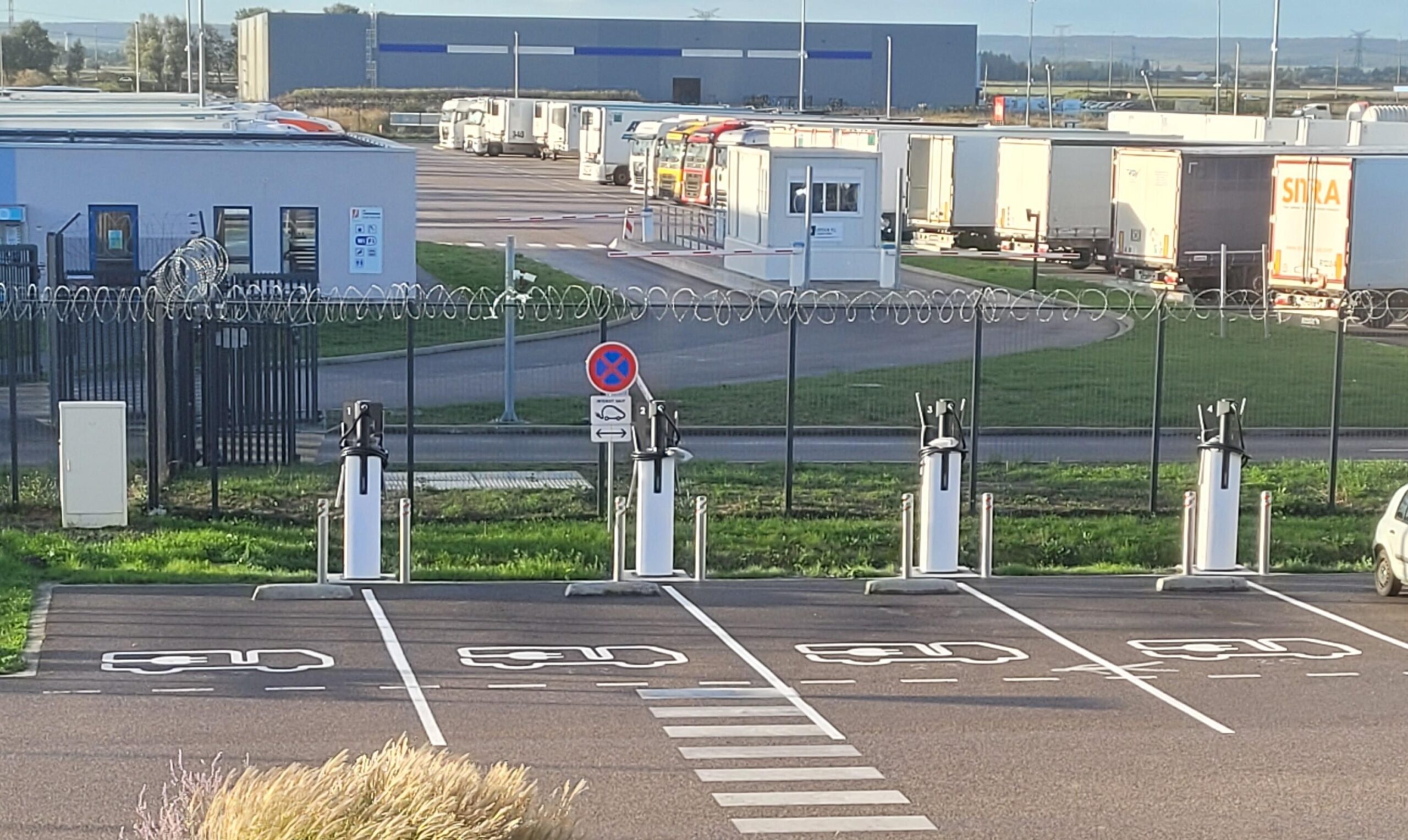The transition to electric vehicles is gaining pace across the UK’s commercial and logistics sectors, driven by decarbonisation targets, low-emission zones, and growing pressure to modernise fleets. For fleet managers, understanding how different types of charging technologies work is crucial to choosing the right infrastructure for long-term efficiency and performance.
In this article, we’ll explore the differences between AC (alternating current) and DC (direct current) charging – and why it matters for your electric fleet.
Understanding AC and DC power
In the UK, the national grid distributes electricity in the form of alternating current (AC) – a type of current that reverses direction multiple times per second (50 cycles per second, or 50 Hz, to be precise). AC is ideal for long-distance energy transmission, which is why it’s used across the grid.
Direct current (DC), by contrast, flows in a single direction. This is the form of electricity stored and used by batteries, including those in electric vehicles (EVs).
So what happens when you plug in an EV? The AC power from the grid must be converted into DC so that the battery can charge. Where that conversion happens in the vehicle or in the charger, is what distinguishes AC charging from DC charging.
How AC Charging works
AC chargers, commonly found in workplace car parks or on-street locations, do not perform the conversion to DC themselves. Instead, they deliver AC electricity directly to the vehicle, where a small on-board converter transforms it into DC power for the battery.
However, these on-board converters are limited in capacity typically between 7 and 22 kW in passenger cars and some light commercial vehicles. This results in longer charging times, particularly for vehicles with large batteries.
While AC units are often more affordable and easier to install, they have key limitations for heavy-duty fleet applications:
- Slow charging: Even a 22 kW AC charger could take over 10 hours to fully charge a large battery.
- Compatibility issues: Many electric HGVs are no longer equipped with on-board AC converters, making them incompatible with AC-only infrastructure.
- Lower efficiency: On-board converters tend to be less efficient than professional-grade DC conversion systems, meaning more energy is lost during the charging process impacting both energy bills and carbon footprint.
How DC charging works
DC chargers handle the conversion themselves. Power is transformed from AC to DC within the charger and then sent straight to the vehicle battery. This allows much higher power delivery, typically ranging from 100 kW up to 400 kW, depending on the vehicle’s charging capacity.
Because DC chargers bypass the vehicle’s on-board converter, they offer:
- Significantly faster charging, ideal for logistics operations where uptime is critical;
- Greater efficiency, with reduced energy losses during the charging process;
- Compatibility with all electric HGVs and coaches, including those without AC conversion equipment.
For this reason, DC charging is considered essential for electric trucks, buses, and high-usage commercial fleets in the UK.
Choosing the right charging solution for your fleet
Whether you’re operating a regional haulage business, managing a municipal fleet, or transitioning intercity coaches to electric, choosing the right charging setup is key.
- AC charging may suit depot parking for light vehicles with extended dwell times.
- DC charging is recommended and often required for high-capacity vehicles with tighter turnaround schedules.
In some cases, a hybrid model with both AC and DC charging infrastructure can offer the flexibility needed to support a mixed fleet.
Chargepoly UK: designed for commercial fleet efficiency
At Chargepoly, we develop and deploy high-performance charging stations and infrastructure tailored for electric truck and coach fleets. Our solutions combine cost-optimised engineering, scalable infrastructure, and high-availability operations, ensuring your depot is ready for the future.
Want to explore how AC or DC charging could work for your site?



